-

+86-577-57156888
-

-

+86-577-57155869
-

11th Floor, Building 6, Headquarters Economic Park, Yueqing, Zhejiang, China
Next-Generation Circuit Protection: IoT Enabled With 4G Remote Control Access
Industry News-IoT Circuit Breaker and 4G remote control circuit breaker are redefining circuit protection by merging traditional electrical safety functions with digital connectivity. These devices form the backbone of next-generation electrical management, enabling systems to adapt to dynamic demands while maintaining core protective capabilities. As electrical infrastructure grows more complex—incorporating diverse components like high-voltage cabinets, inverters, and starter systems—these connected breakers provide a unifying layer of oversight and control, bridging physical hardware and digital operations.
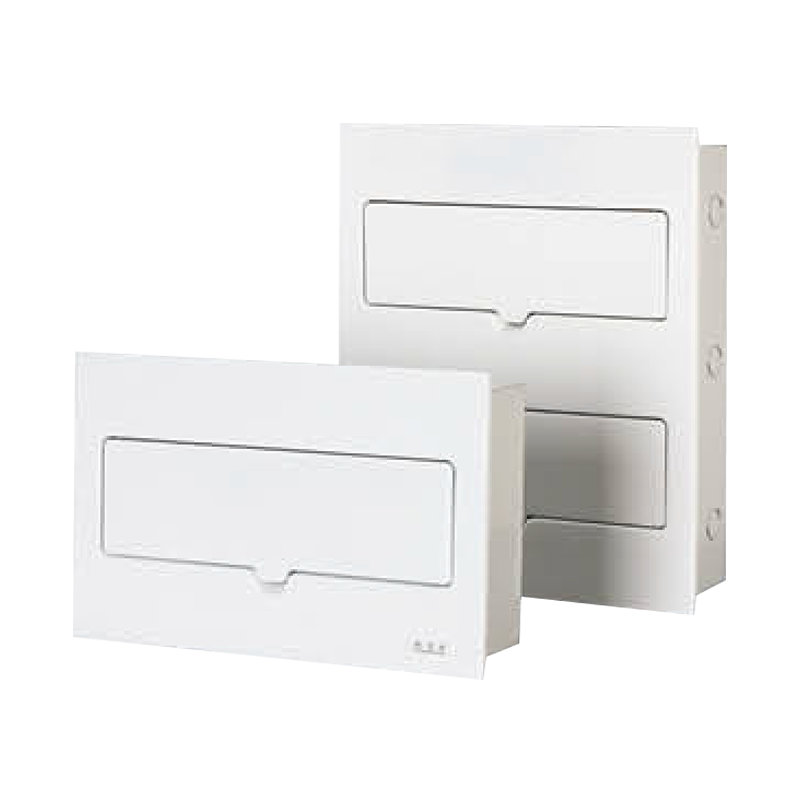
Integration with Modern Electrical Infrastructure
IoT Circuit Breaker is engineered to work seamlessly within contemporary electrical setups, including the high- and low-voltage complete sets of cabinets, intelligent soft start series, and auto-coupling pressure-reducing starter cabinets commonly found in industrial and commercial environments. Unlike standalone breakers, it connects to these systems via built-in communication ports, allowing for the exchange of operational data such as load levels, switching status, and fault codes.
This integration enables a holistic view of electrical networks. For example, when paired with inverters, the IoT Circuit Breaker can adjust its monitoring parameters based on the inverter’s output, ensuring protection aligns with real-time power conversion needs. Similarly, in setups with star-delta starter cabinets, it can track the transition between star and delta modes, providing context for current fluctuations that might otherwise trigger unnecessary alerts. This synergy reduces operational silos, making electrical systems more cohesive and responsive to changing conditions.
Data Transmission and Security Protocols
4G remote control circuit breaker relies on cellular networks to transmit data and receive commands, a choice that balances accessibility with reliability. Data from the breaker—including current readings, trip events, and voltage stability—is encrypted using industry-standard protocols before transmission. This encryption applies to both outgoing data and incoming commands, preventing unauthorized access to operational signals.
Cloud platforms hosting this data employ multi-layer security measures, including access controls that restrict who can view or modify breaker settings. User authentication typically requires two-factor verification, and activity logs track all remote commands, providing a clear audit trail. These measures address common concerns about digital vulnerabilities, ensuring that connectivity does not compromise the integrity of electrical protection systems.
Installation and Compatibility Guidelines
Installing IoT Circuit Breaker and 4G remote control circuit breaker follows established electrical safety protocols, with additional steps to configure connectivity. The physical mounting aligns with standard panel dimensions, making it compatible with existing low-voltage cabinets and distribution boards. Electrical connections mirror those of traditional breakers, requiring phase, neutral, and ground links to be secured to manufacturer-specified torque levels.
For connectivity setup, 4G models require a SIM card with an active data plan, inserted into a dedicated slot on the breaker housing. Network registration occurs automatically in areas with 4G coverage, with status indicators showing signal strength. Pairing with user interfaces—typically mobile apps or web portals—involves scanning a QR code or entering a unique device identifier, a process that takes minutes to complete.
Compatibility extends to auxiliary systems, such as QZB transformers and AC contactors. The IoT Circuit Breaker can receive input signals from these components, incorporating their operational status into its monitoring logic. This interoperability ensures that retrofitting into existing systems does not require extensive modifications to supporting hardware.
Performance Metrics in Real-World Use
In operational settings, IoT Circuit Breaker updates key data points—current, voltage, and temperature—at intervals configurable between 10 seconds and 5 minutes, allowing users to balance data granularity with network usage. 4G remote control circuit breaker responds to commands such as "open" or "close" within 2–5 seconds under typical network conditions, a delay comparable to manual operation in many scenarios.
Performance remains consistent across varying load levels, from light residential circuits to heavy industrial loads handled by high-voltage cabinets. The breaker’s sensing accuracy stays within ±2% of nominal values, ensuring that alerts for overcurrent or voltage deviations reflect actual conditions. In areas with intermittent 4G coverage, the device stores commands locally and executes them once connectivity is restored, preventing operational gaps.
As electrical systems continue to evolve toward greater complexity and connectivity, IoT Circuit Breaker and 4G remote control circuit breaker serve as critical components, enhancing protection while enabling the flexibility demanded by modern operations. Their ability to integrate with existing infrastructure, secure data transmission, and deliver consistent performance positions them as practical solutions for next-generation electrical management.
 English
English 中文简体
中文简体 عربى
عربى
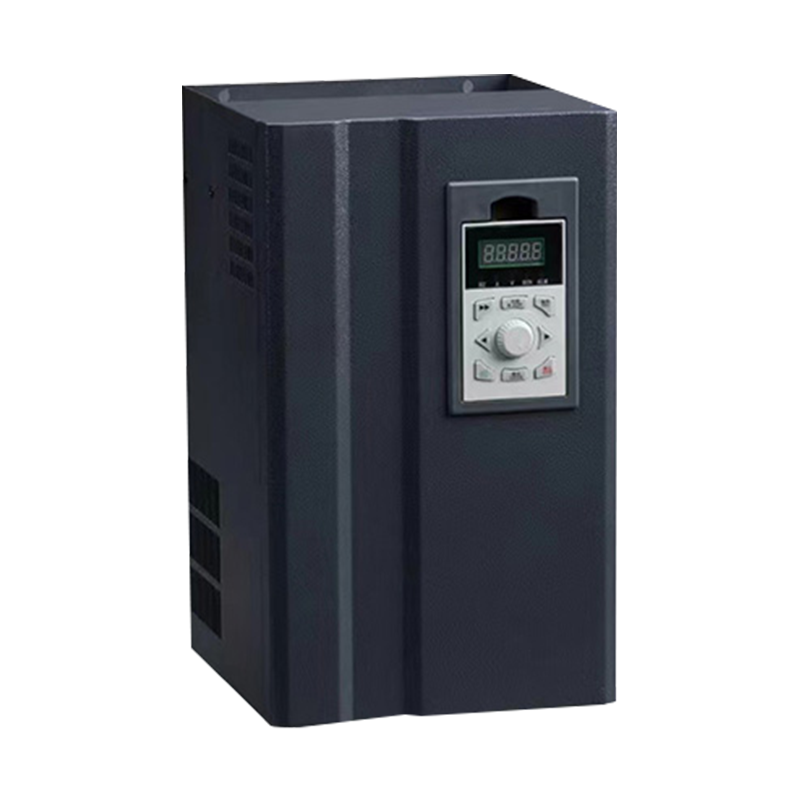
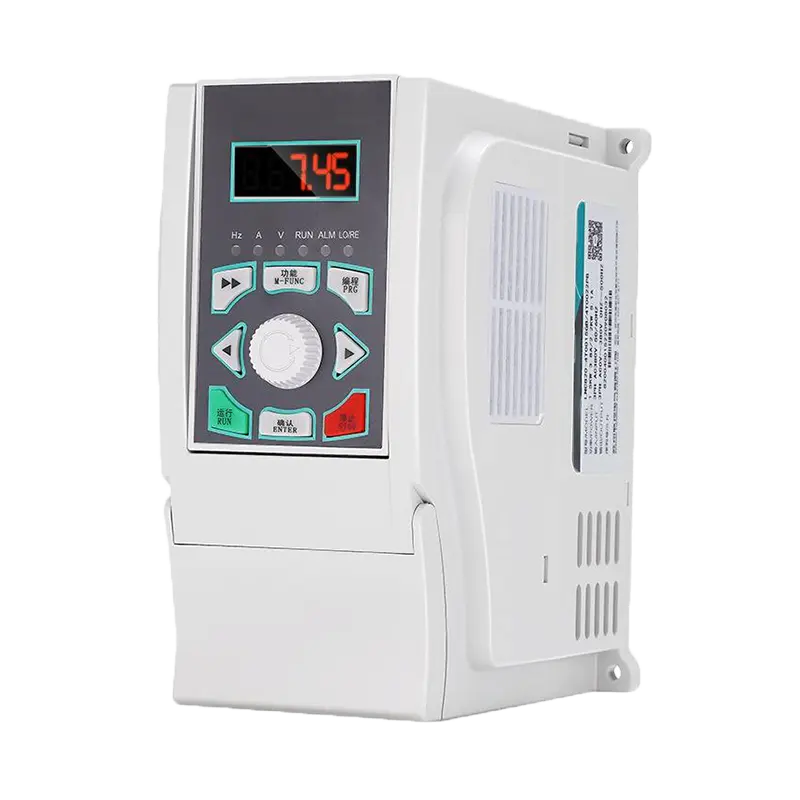
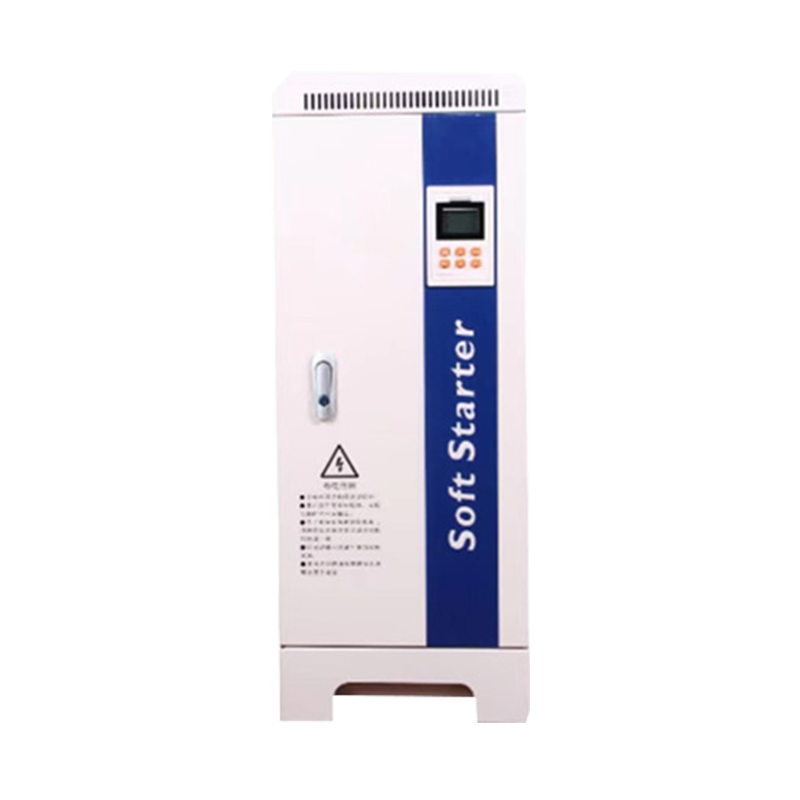


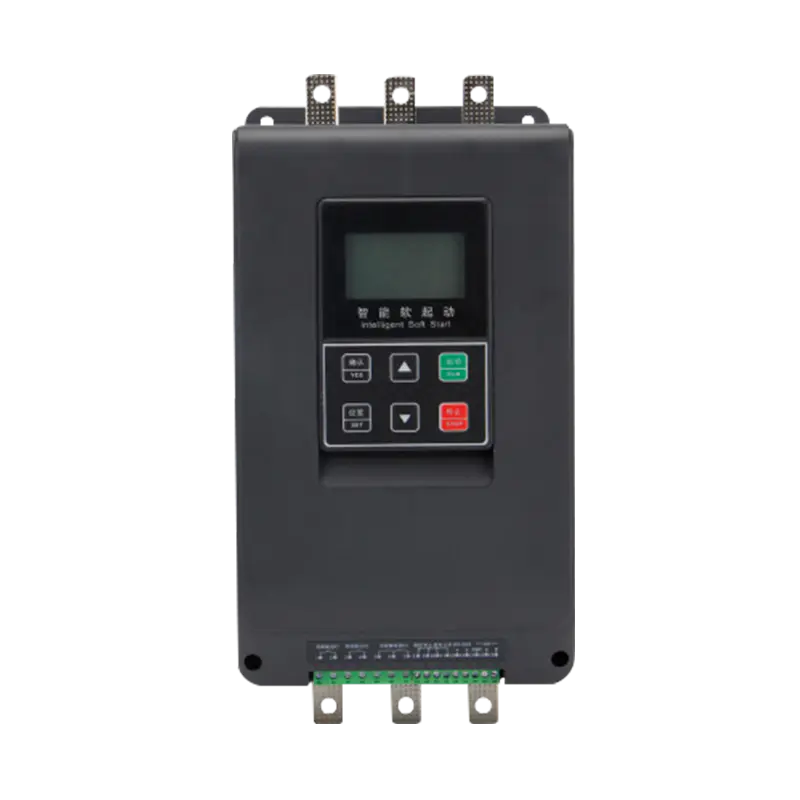

 浙公网安备33038202003754号
浙公网安备33038202003754号